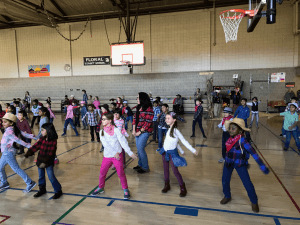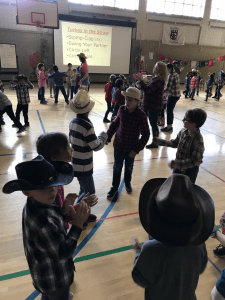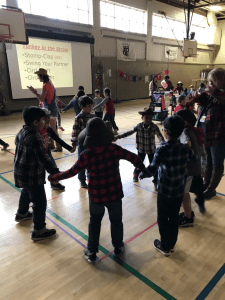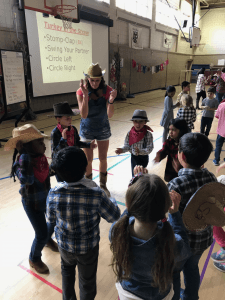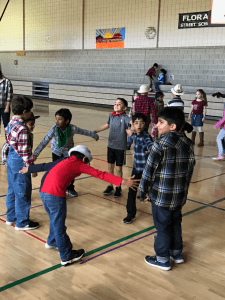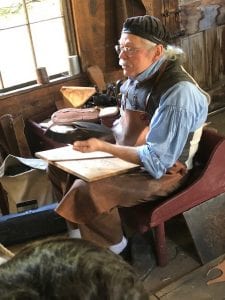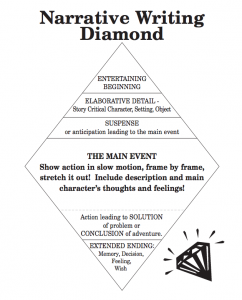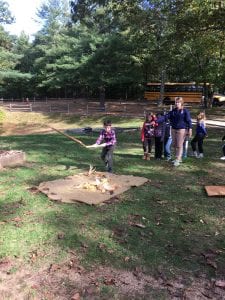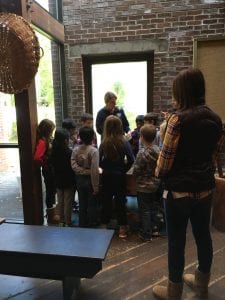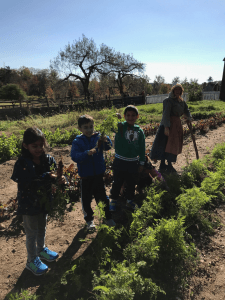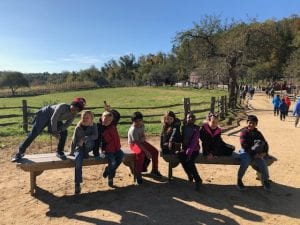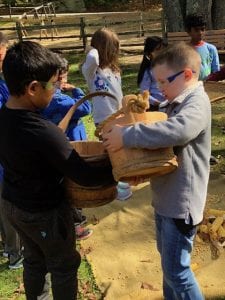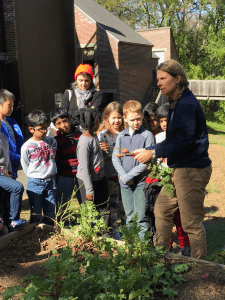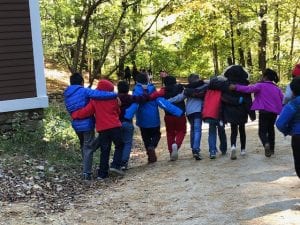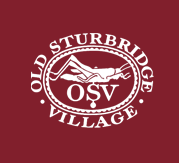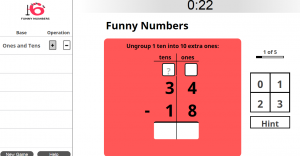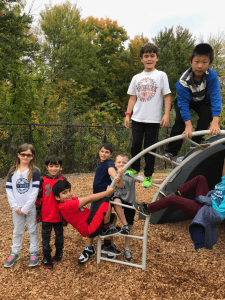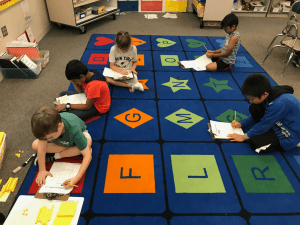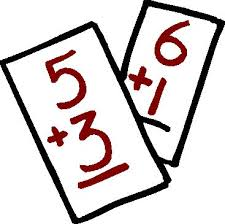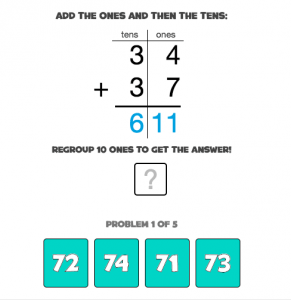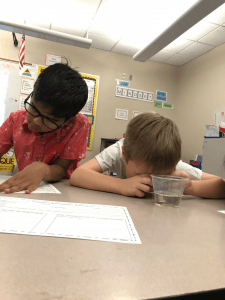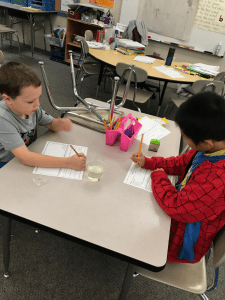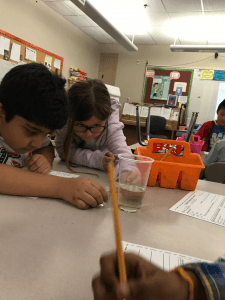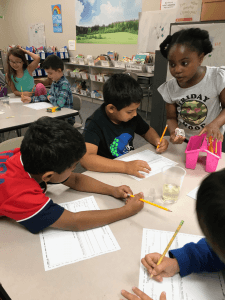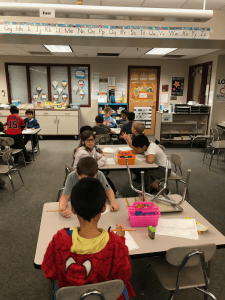Posted by kavery508 | Posted in Uncategorized | Posted on October 29, 2018
Our Harvest Hoedown was a blast! The students laughed and danced, problem-solved and persevered, all while demonstrating focus, cooperation, and respect. Thank you for getting them ready for the big day, and thanks to our Allied Arts teachers for their hard work running this event!

![]() Marco Verch via Compfight
Marco Verch via Compfight
Fall Festival is coming! In the classroom this Wednesday, students will have some fun making fall crafts, designing pumpkins to be used in descriptive writing lessons, and learning about Dia de los Muertos (Day of the Dead), celebrated by many South American and Mexican American families. Kid-friendly info can be found at National Geographic: Day of the Dead. Thanks to the parents who volunteered to lead groups on that day!
Note: There is no homework assigned on Halloween night. Trick or Treat!
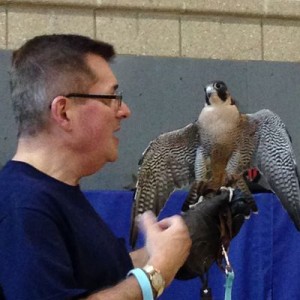 In science this week we will learn about animal adaptations. In particular, we will be studying owl physiology and behavior as part of a research unit on nocturnal animals. We will be treated this Thursday to a visit from local raptor rehabilitator Jim Parks, as part of his educational Wingmasters program. Jim brings several live specimens and engages kids in learning about adaptations, characteristics, and conservation. You can learn much more about the program and local raptors at: http://www.wingmasters.net/aboutus.htm. And here’s a great collection of age-appropriate informative text and media about owls that kids can read at home to learn more about owls: http://idahoptv.org/dialogue4kids/season12/owls/facts.cfm
In science this week we will learn about animal adaptations. In particular, we will be studying owl physiology and behavior as part of a research unit on nocturnal animals. We will be treated this Thursday to a visit from local raptor rehabilitator Jim Parks, as part of his educational Wingmasters program. Jim brings several live specimens and engages kids in learning about adaptations, characteristics, and conservation. You can learn much more about the program and local raptors at: http://www.wingmasters.net/aboutus.htm. And here’s a great collection of age-appropriate informative text and media about owls that kids can read at home to learn more about owls: http://idahoptv.org/dialogue4kids/season12/owls/facts.cfm
 Our reading focus this week is on summarizing a story, this time using the Beginning-Middle-End strategy. Students will be taught to pause and think after each of these parts, and to restate the important characters and events. The key here is to focus on what actions led to the problem and to solving the problem of the story. It makes a great check in after your child has finished reading homework! More info, including printables, can be found at Reading Rockets.
Our reading focus this week is on summarizing a story, this time using the Beginning-Middle-End strategy. Students will be taught to pause and think after each of these parts, and to restate the important characters and events. The key here is to focus on what actions led to the problem and to solving the problem of the story. It makes a great check in after your child has finished reading homework! More info, including printables, can be found at Reading Rockets.
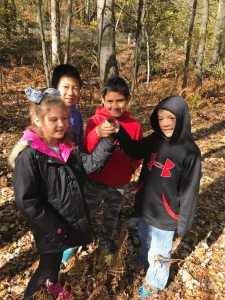 Detail and elaboration are what make good writing come to life! As part of our work with writing narratives, students went on a sensory walk on Floral’s Nature Trail. Then they learned to describe their experiences with carefully chosen words, which they used to create a description of setting–part 2 of our Narrative Writing Diamond. Here are some gems from: 1) Charlie 2) Rylan 3) Ari, and 4) Alivia: 1) I was surprised to see the black, dead moss. I strained to hear the soft chirping of the birds. 2) Looking carefully, I noticed a brown, wooden bridge. I felt soft, cozy leaves like a blanket. 3) It was impossible to miss the brown branches. I sniffed at the earthy smell of dead leaves. 4) Looking carefully, I noticed tiny green buds on a branch. I listened closely to the wshhhh of the water. Awesome!
Detail and elaboration are what make good writing come to life! As part of our work with writing narratives, students went on a sensory walk on Floral’s Nature Trail. Then they learned to describe their experiences with carefully chosen words, which they used to create a description of setting–part 2 of our Narrative Writing Diamond. Here are some gems from: 1) Charlie 2) Rylan 3) Ari, and 4) Alivia: 1) I was surprised to see the black, dead moss. I strained to hear the soft chirping of the birds. 2) Looking carefully, I noticed a brown, wooden bridge. I felt soft, cozy leaves like a blanket. 3) It was impossible to miss the brown branches. I sniffed at the earthy smell of dead leaves. 4) Looking carefully, I noticed tiny green buds on a branch. I listened closely to the wshhhh of the water. Awesome!
 The Floral Family Fun Fair needs YOU! Please consider signing up to lend a hand. Games Masters and Mistresses are especially needed: https://www.signupgenius.com/go/70A0E4FA9A82DAAFF2-20181
The Floral Family Fun Fair needs YOU! Please consider signing up to lend a hand. Games Masters and Mistresses are especially needed: https://www.signupgenius.com/go/70A0E4FA9A82DAAFF2-20181

